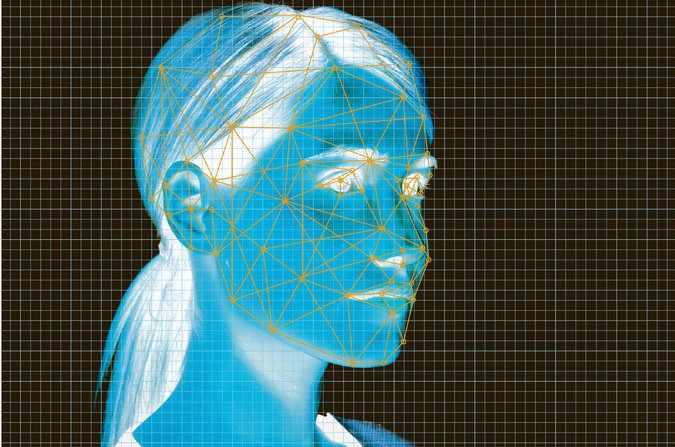
Joseph J. Atick cased the floor of the Ronald Reagan Building and International Trade Center in Washington as if he owned the place. In a way, he did. He was one of the organizers of the event, a conference and trade show for the biometrics security industry. Perhaps more to the point, a number of the wares on display, like an airport face-scanning checkpoint, could trace their lineage to his work.
A physicist, Dr. Atick is one of the pioneer entrepreneurs of modern face recognition. Having helped advance the fundamental face-matching technology in the 1990s, he went into business and promoted the systems to government agencies looking to identify criminals or prevent identity fraud.
“We saved lives,” he said during the conference in mid-March. “We have solved crimes.” Thanks in part to his tireless boosterism, the global business of biometrics — using people’s unique physiological characteristics, like their fingerprint ridges and facial features, to learn or confirm their identity — is booming.
It generated an estimated $7.2 billion in 2012, according to reports by Frost & Sullivan. Making his rounds at the trade show, Dr. Atick, a short, trim man with an indeterminate Mediterranean accent, warmly greeted industry representatives at their exhibition booths.
Once he was safely out of earshot, however, he worried aloud about what he was seeing. What were those companies’ policies for retaining and reusing consumers’ facial data? Could they identify individuals without their explicit consent? Were they running face-matching queries for government agencies on the side?
Read the complete article at the link below…
Source: nytimes.com
